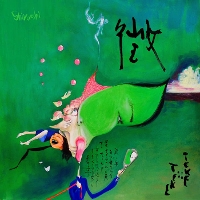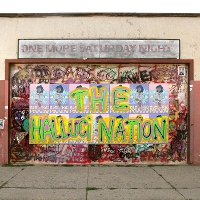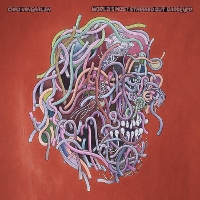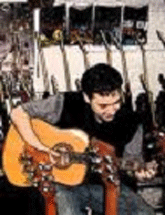 Lawrence Blatt has been playing guitar for over 30 years The Musical Science of Lawrence BlattLawrence Blatt combines a love of music and science to create the soundscape of light Lawrence Blatt’s criteria for music is surprisingly simple. “My basic criteria for music is, that if it’s good, I like it.” Blatt, is an accomplished guitarist. He uses the finger picking style to bring out his expression of music. His guitars are varied nylon and steel string customs, as well as other stringed instruments like the 10 string Charango, a member of the Lute family originating in South America. Having studied both music and science, he has always been able to see a correlation between the two. His latest album The Color of Sunshine is a testament to this. As a scientist, Lawrence Blatt looked towards the laws of physics and mathematics as put forth by Isaac Newton. He also employed the philosophy of Wolfgang Goethe to explore the relationship of color and mood. As a musician it was his imagination and skill that created the richly textured tones from his various guitars. He explains, “As I began to look more deeply into to that, it was very interesting to realize that a sound wave is a vibrating wave of air that reaches our ear. Depending on the wavelength of the frequency of that sound wave, that’s the pitch that we perceive. Color or light is also made up of vibrating waves, that vibrate and reflect at different frequencies and we perceive those different frequencies as different colors. There’s a natural physical relationship between sound and color. It seemed natural to use that as inspiration for the music.” Blatt elected not to take it further by trying to figure out what the wavelength for blue would be but chose to use the relationship metaphorically. 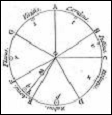 Isaac Newton Color Wheel Using the colors of the spectrum, he composed music that reminded him of places and experiences. Track 5 is “Alhambra (The Red). There is an ancient Moorish fort in Spain called Alhambra, which is red in Arabic. Track 7, “Jaune (Yellow)” relates to Blatt’s experience as a research scientist on a very weighty subject. “I was fortunate enough to have been involved with the development of a treatment for viral hepatitis. The treatment which is on the market today is pretty difficult to get through but if the patients are successful they are cured of the disease. If you listen to the music, it starts off rather ominous, there’s a drum that’s ticking away, and the guitar is almost eerie, and Steve [Schuch] is playing his violin in a technique called ponticello, kind of an eerie harmonic sound in the background. Then in the middle there’s nearly a battle going on with Patrick Gorman on drums playing some rather forceful drum beats, and the violin is carrying the melody. Finally there is sort of a resolution at the end where I come back in on a baritone guitar. It’s pretty heavy stuff. People sometimes respond by saying, I wish you just said it reminded you of a sunny day. But that is what it is.” Blatt took a risk with the order of the songs. He told his producer Will Ackerman, (Grammy winner and founder of Windham Hill Records) that he wanted to arrange the songs in the order of the light spectrum like what you see in a rainbow. That was the goal of the album. Says Blatt of the results, “We did that and I really think it worked. He [Will Ackerman] was really happy with doing that as well. I can’t explain why it works but if you listen to the songs front to back, they really do take you through a journey that makes sense in the end.” 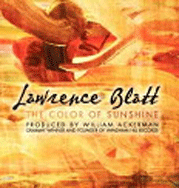 The third album from Lawrence Blatt is listed in the first round of the Grammy�s. Lawrence Blatt pays little attention to categories. According to him, categorization of music is really an impossible task. He feels that people are intelligent enough to not have to be led to a specific genre. He likes to create thematic albums that defy classification. Lawrence says of The Color of Sunshine, “Give the music a try. It will affect people on a number of levels, but don’t try to classify it because it won’t work.” Using a simple criteria - If it’s good music, you’ll like it - this is good music. Lawrence Blatt has been the recipient of numerous awards and is a strong advocate for independent music to be recognized at the Grammy Awards. You can hear the entire album The Color of Sunshine
|
Reviews
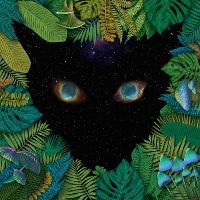
Mngwa
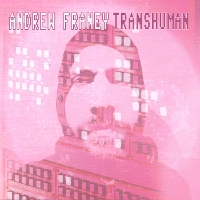
Andrew Franey
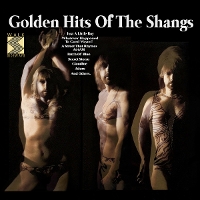
The Shangs
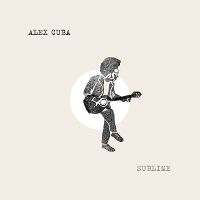
Alex Cuba

Tri Nguyen
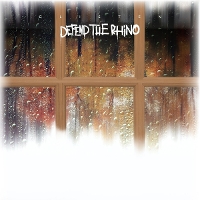
Defend The Rhino

Talltale
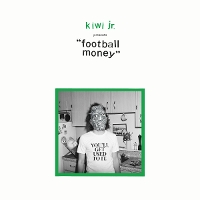
Kiwi Jr.

Plaster

Hyness
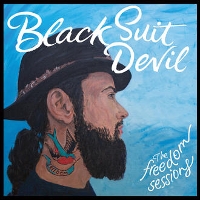
Black Suit Devil
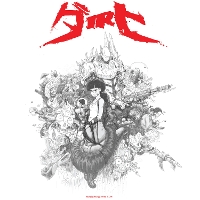
Yamantaka // Sonic Titan
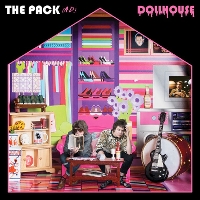
The Pack A.D.
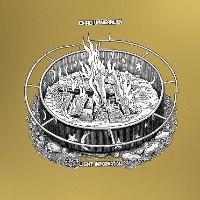
Chad VanGaalen
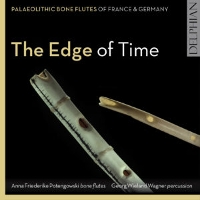
Potengowski Anna Friederike
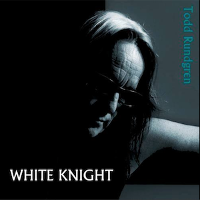
Todd Rundgren

Old 97's
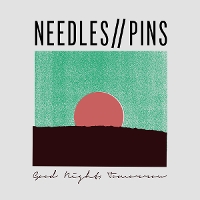
Needles//Pins


